Summary
- While it may seem like more vehicles get sold in the urban environment, the truth is that the rural customer is the one that a automaker wants to attract
- While you have multiple options for transportation in urban environments, quite often in rural environments a vehicle is a need, not a want
- Many back roads are either hard-pack dirt or fully paved, especially around towns, villages, and near major roadways
- A lot of vehicles sold to the truly rural customer are for some time of commercial use, with a secondary vehicle as a personal use.
- Specialized vehicles, such as tractors, also count towards these statistics as they are still vehicles in the purest definition of the word
- With the current trend of de-urbanization and relocating to smaller towns outside of a city area for many, we think that rural sales are looking to increase year-over-year for the foreseeable future
We all know what it’s like going to a car dealership in the city. Walk in, it’s generally busy, and sometimes you’ll see people buying, sometimes haggling, and even sometimes just walking out. What may surprise many to know is that while the urban dealerships have all the flash and pomp, many automakers pay far more attention to the rural dealerships, because instead of providing a wanted luxury, they provide a needed mode of transportation.
Unless you live in the middle of absolutely nowhere in the badlands of Utah or the millions of miles of country in Texas, you might have noticed that a lot of rural roads that are relatively close to interstates or highways are paved. Even many of the backroads are paved, and because they have far less traffic over them, they are generally in pretty decent condition.
So why do so many people that live outside of the cities buy more cars than those in the cities?
Region-Specific Statistics
We should make it clear that by region, we’re meaning the differentiation between the urban environment that exists within city limits, and the rural environment that includes homesteads, farms, small villages and both unincorporated and incorporated towns. We are not meaning Pacific NorthWest, the American Heartland, and the like.
Perhaps the biggest factor affecting vehicle purchases is the fact that once you leave the city, there is no networked public transit system to use if you don’t have a car. A Greyhound bus might visit your area once a day, and maybe Amtrak has a stop nearby, but otherwise you’re almost bound by circumstance to need a vehicle of some type.
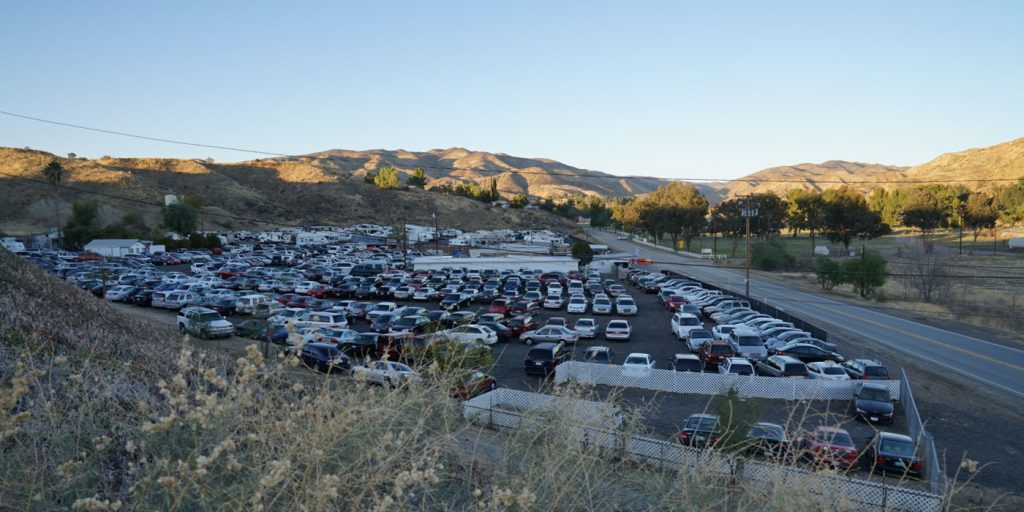
As mentioned in the introduction, another statistic is that there are millions of paved roads within 5 to 10 miles of any major interstate or highway. These are often back roads that see very light traffic, so there is not as much wear and tear on them as in cities. Especially if there are villages or towns nearby, you’ll often find almost every road within 20 miles paved.
As well, urban owners will visit a dealership on average 2 times per year, mostly for regular maintenance. Only about 7.5% of urban owners will visit a dealership 3 or more times a year.
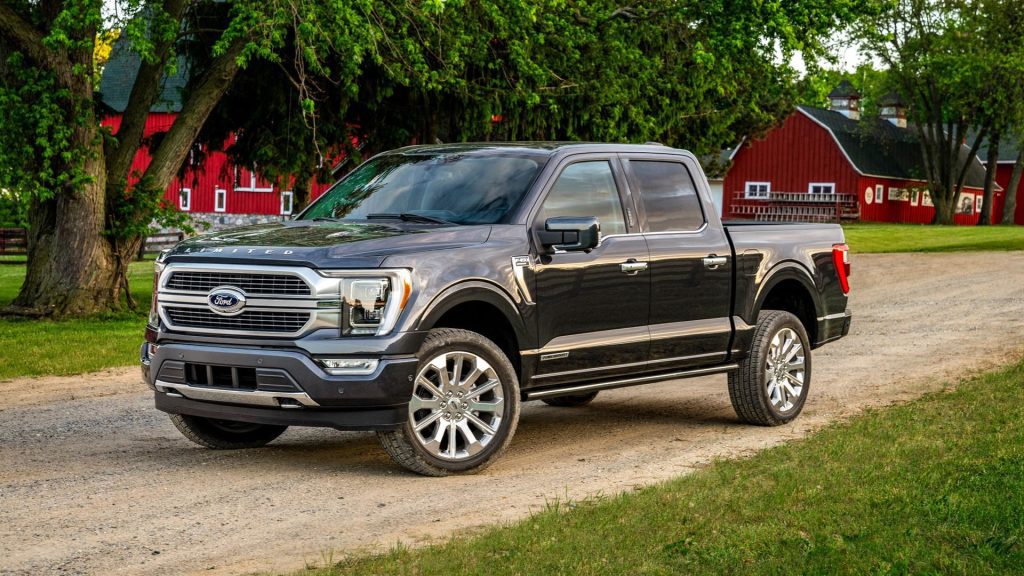
Rural owners, however, will visit a dealership 3 to 4 times a year, despite needing to sometimes drive much further, and 13% of rural owners will visit a dealership more than 4 times, often for maintenance as they drive a lot further, a lot more than urban drivers
An interesting bit of data is that during the 2020 to 2022 downturn in cars sales because of the global pandemic, many urban dealerships had negative growth in the range of -10% to -20% depending on where you looked. The exact opposite was true in the rural areas, which saw positive growth by about 3% to 10% YOY over those two years, again depending on where you looked.
Commercial vs Personal
Another factor that absolutely must be mentioned is that for the rural community, if you’re anywhere outside of a town or village, is that more than likely you live either on an acreage or, far more often, on some type of workable land. You might have a ranch, a farm, a vineyard, or any other type of business that provides raw materials for companies to use in their products.
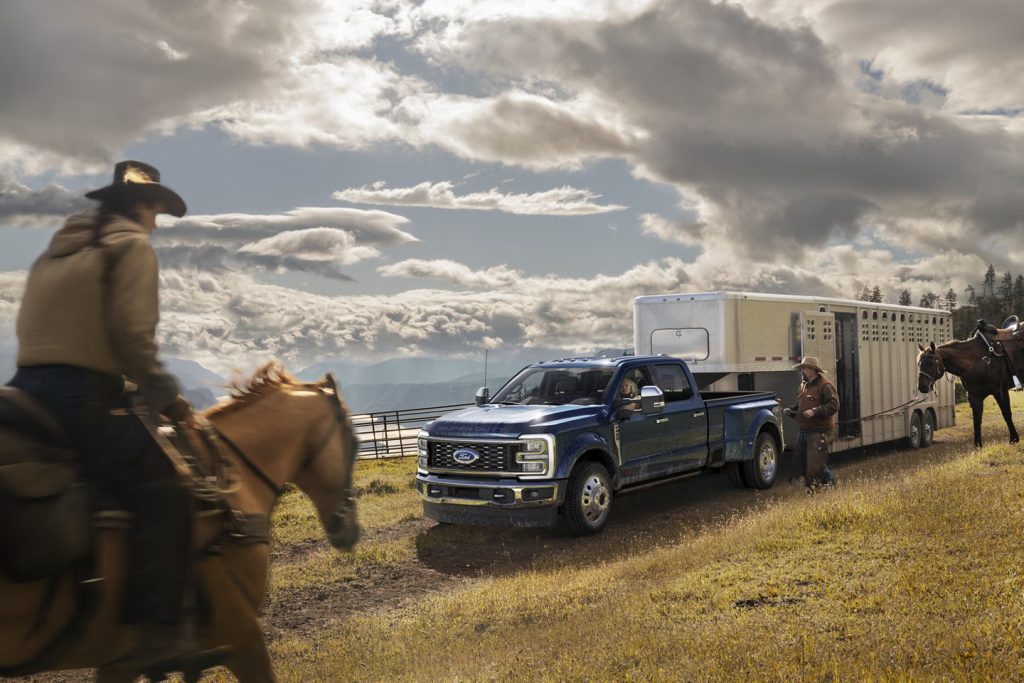
For this reason, roughly about 60% of rural sales are either partially or completely for commercial reasons. That rancher needs a decently powerful truck to haul the horse trailer. That farmer needs a tractor, a combine harvester, a big truck to carry supplies out to repair a fence, and the like.
This is why when you look at a rural dealership, they often have specific sales or incentives for commercial use on single vehicles, not fleet vehicles. It’s also why you might find a Lamborghini dealership in a town, but it will be selling Lamborghini tractors, as that is the original reason that Ferruccio Lamborghini created his company.
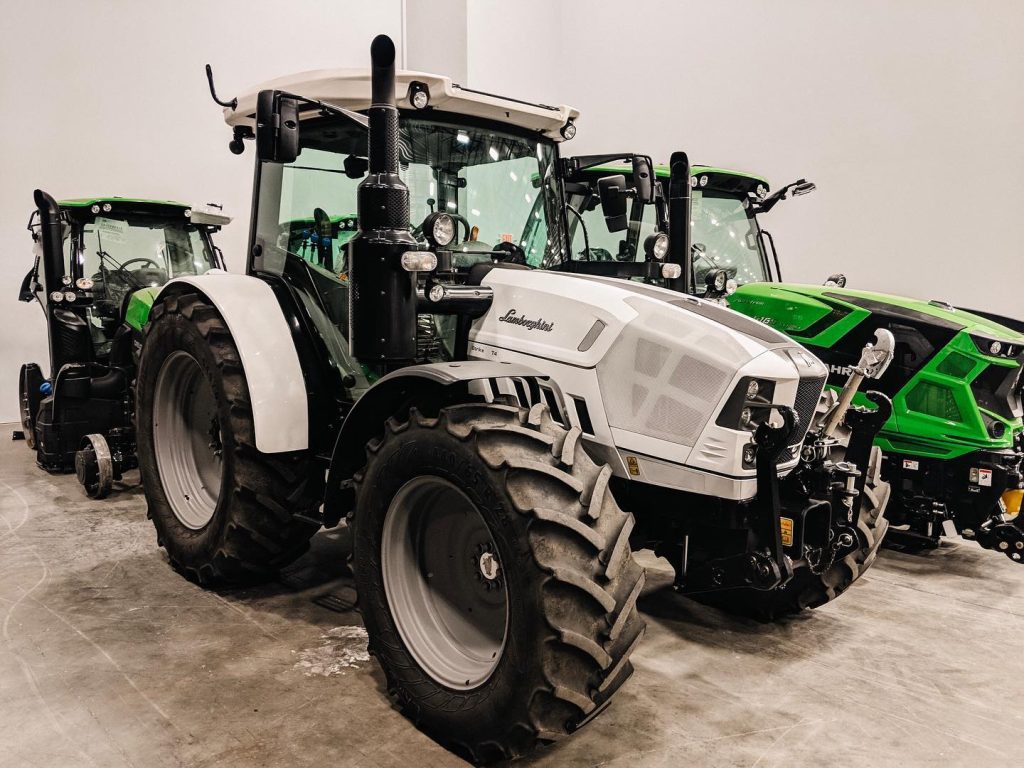
The other roughly 40% of vehicle purchases outside of cities are personal vehicles, and even then, the predominant model type is either a CUV, SUV, or light truck. Family sedans still sell, but you’ll be hard pressed to find hatchbacks and small cars sold outside of cities for the reason that they are often too small to carry everything a rural owner might need.
Demographics
With all of that established, it is true that many urban dealerships can move a lot of cars, trucks, and fleet vehicles. This is especially true in the metropolises such as Los Angeles or New York, and by absolutely sheer volume, many cities will move more vehicles than rural dealerships.
However, more and more of the demographic population in those cities, especially younger potential customers in the 18 to 30 age range, are relying more on public transit, ride-sharing, and ride-hailing services instead of having the debt of a car loan and monthly insurance hanging over their head.
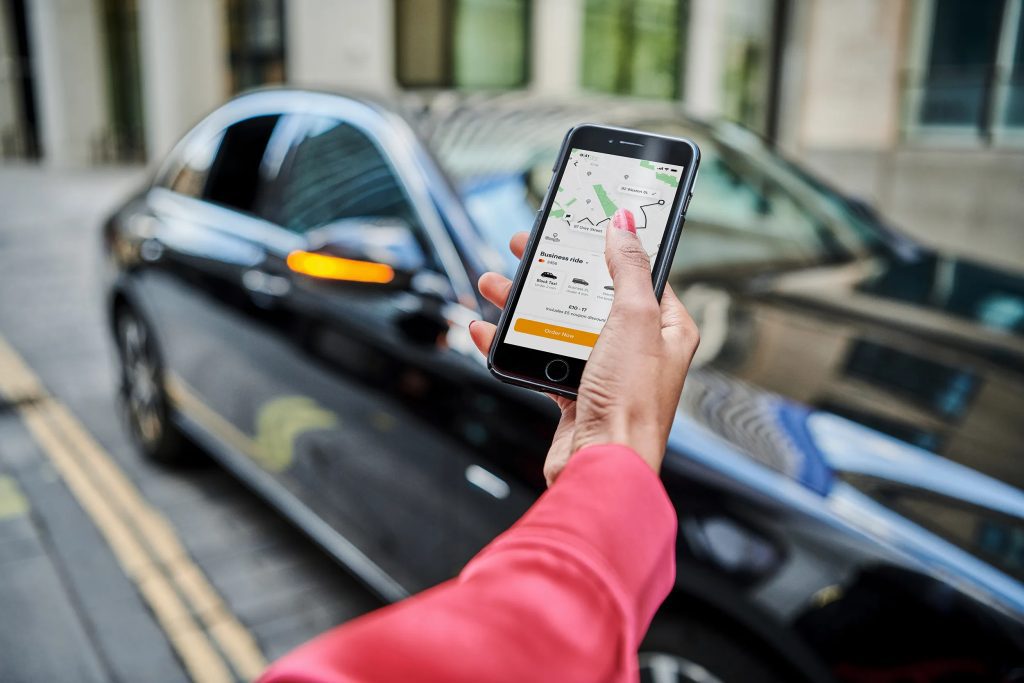
Compare that to rural areas, where pretty much none of that exists. They may not move as many vehicles in term of pure volume, but taking the total sales of a rural area around a city compared to the city itself, you’ll often find that the sales in the rural area are 3% to 5% more than the in-city sales in any given year
Analysis
The simple analysis here is revealing: Rural dealerships provide a need, so you’ll find a lot of mid-range vehicles such as larger family sedans, light trucks, heavy duty trucks, and utility vehicles.
Comparatively, urban dealerships are more often about a want. That’s why you’ll very likely never find a Porsche dealership in a small town with a population of 1,000, but will find three in a city of 3.5 million.

We think that this pace of sales are actually looking to increase in the next 5 to 6 years, as there is a current trend of de-urbanization with a lot of jobs now available to be done remotely as a result of the work initiatives during the global pandemic. As well, suburban areas, if they are not included in the actual city area, can also be considered “rural.”
It is only in major cities, such as Seattle, Los Angeles, New York, and the like that urban sales will outpace rural, but even then, as mentioned, it is more often than not an older demographic that will be buying, as ride-sharing and ride-hailing affords a better overall financial situation for many younger potential customers.
Only time will tell… then again, if all the movies are true, we’ll all be in self-driving pods in the next 30 to 40 years anyways!









